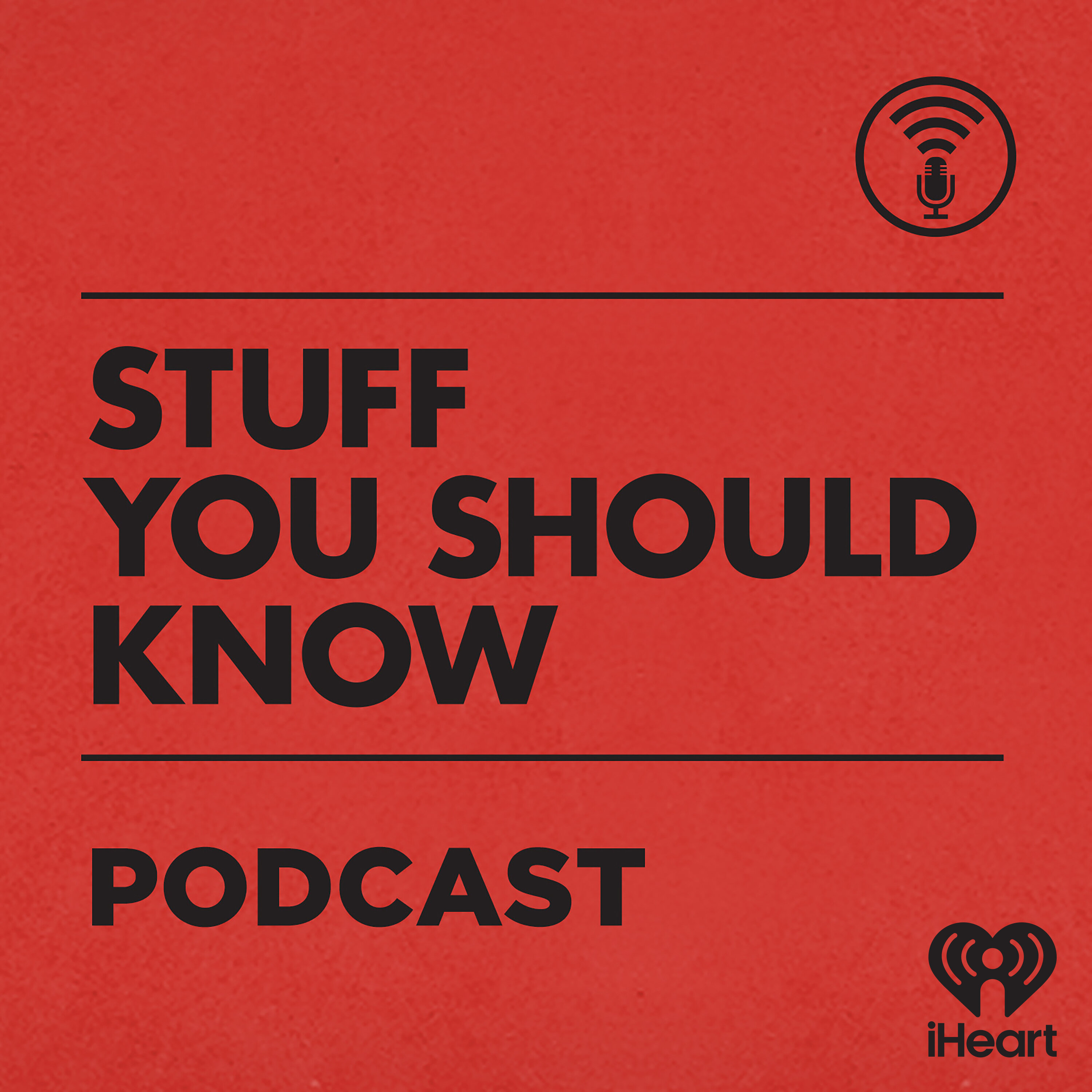
A Think First Podcast with Jim Detjen
Think First is a short-form podcast that makes you pause — before you scroll, share, or believe the headline.
Hosted by Jim Detjen, a guy who’s been gaslit enough to start a podcast about it, Think First dives into modern narratives, media manipulation, and cultural BS — all through the lens of gaslighting and poetic truth.
Some episodes are two minutes. Some are ten. It depends on the story — and the energy drink situation.
No rants. No lectures. Just sharp questions, quick insights, and the occasional laugh to keep things sane.
Whether you’re dodging spin in the news, politics, or that “trust me, bro” post in your feed… take a breath. Think first.
Visit Gaslight360.com/clarity to sharpen your BS filter and explore the 6-step clarity framework.
A Think First Podcast with Jim Detjen
The Cindy James Tapes · Episode 1: An Unknown Event
A woman is found dead — hog-tied, drugged, and strangled.
But police don’t call it murder.
They call it suicide.
In the opening chapter of The Cindy James Tapes, we examine the haunting death of Cindy James — a 44-year-old nurse who spent seven years reporting stalking, attacks, and threats… only to end up dead in a way no one can explain.
Was she the victim of an elaborate campaign of psychological terror?
Or the architect of a tragic illusion?
One thing is clear:
Cindy James was gaslit — by someone.
This is the story they still haven’t solved.
And it begins right here.
Stay sharp. Stay skeptical. #SpotTheGaslight
Read and reflect at Gaslight360.com/clarity
A woman is found dead, hogtied, drugged, strangled. Her hands are tied behind her back with rope, her feet too. There's a black nylon stocking around her neck, tightly knotted. No shoes, no defensive wounds, no signs of a struggle, and her body has been left in the weeds behind an abandoned house in Richmond, british Columbia. Two weeks earlier she vanished, and when they find her they don't call it murder, they call it suicide. Let that sink in. Her name was Cindy James. She was 44 years old, a nurse, a daughter, a sister and, if you believe her story, the victim of a seven-year campaign of stalking, torture and psychological warfare. If you don't believe her, she was unraveling, dangerous and perhaps inventing the entire thing. Inventing the entire thing. For seven years, cindy told police someone was trying to kill her. She filed dozens of reports, documented over a hundred separate incidents, phone calls, notes, break-ins, physical attacks, even fires, and still no arrests, no suspects, no proof, just Cindy, terrified, alone and slowly losing her grip on what was real, until, finally, she ends up dead and everyone has a theory, but no one has the truth.
Speaker 1:Let's rewind to the moment they find her body June 8th 1989. A road maintenance worker is checking on an abandoned property just a mile and a half from a shopping center. That shopping center it's where Cindy's car had been discovered 17 days earlier. Inside the car, groceries, a wrapped gift, a smear of blood on the driver's side door and her ID cards scattered underneath, like someone emptied her wallet and carefully dropped it piece by piece, under the vehicle. But no Cindy. She had vanished Until now the worker notices something in the brush near the house, something that doesn't belong. He gets closer A woman's body, face down, hands and feet bound tightly together, with rope stocking around her neck. Shoes missing, decomposed, rotting in the early summer heat. The autopsy would find lethal doses of morphine and diazepam in her system, enough to kill her outright.
Speaker 1:And yet, despite being bound, despite the drugs, despite the stalking, police announced she likely did this to herself. They say it was suicide or maybe a cry for help. That went too far, because you see, cindy had a history, a complicated one. But the deeper you go, the more you realize either Cindy James was murdered in one of the most calculated psychological takedowns in modern history, or she pulled off the ultimate illusion, a slow-motion, vanishing act designed to prove something. No one believed that she was in danger. Her family, and especially her parents, otto and Tilly Hack, were furious. This wasn't suicide. Otto and Tilly Hack were furious. This wasn't suicide. Otto said at the time she was too scared, too careful, too determined to survive. In fact, just days before disappearing, cindy had told friends If the police can't solve this, I will. She claimed she knew who had been tormenting her. She just never said who, and now she's dead.
Speaker 1:Police offered explanations and then alternate explanations. They speculated she may have taken the drugs voluntarily, then tied herself up and succumbed to the overdose. A not-expert at the inquest even demonstrated how it might be possible to hogtie yourself. It's not easy, but it's not impossible. Except, no syringe was found at the scene, no footprints, no tire tracks, no suicide note, no gloves, no bag to carry the rope. She was found out in the open, in someone else's backyard, and no one ever saw her arrive or leave or return.
Speaker 1:Her sister, melanie, would later write Cindy died of an unknown event, but the unknown was everything. This isn't just a mystery, it's a mirror, because whoever you are, however you see the world, you will project your own truth onto this case. If you believe victims, cindy was failed. She cried out for help over and over and no one listened. If you're more skeptical, you may believe she needed help of a different kind and no one gave it. Either way, she was gaslit by her attacker or by the system, and in the end it killed her.
Speaker 1:This week we open the case file on one of the most haunting unresolved deaths in Canadian history. You've probably never heard of Cindy James, but by the end of this series you'll never forget her, because what happened to Cindy isn't just a whodunit, it's a question of reality itself. Who do you believe, who do you trust, and how do you prove something when the only person who saw it is gone? And how do you prove something when the only person who saw it is gone? I'm Jim Detchen, and this is Think First, the Cindy James Tapes. Next Wednesday we go back to the beginning, when Cindy first said Someone is watching me, but tonight, just think about this what does it take for someone's death to be ruled a suicide when their hands are tied behind their back, literally? Thank you.






















